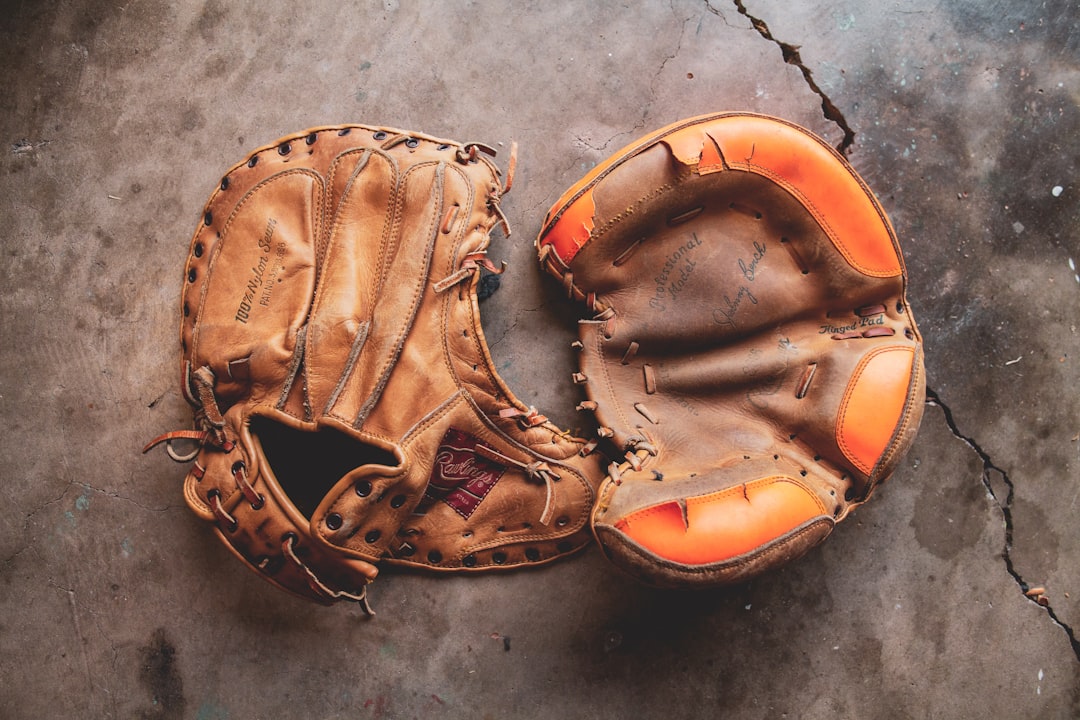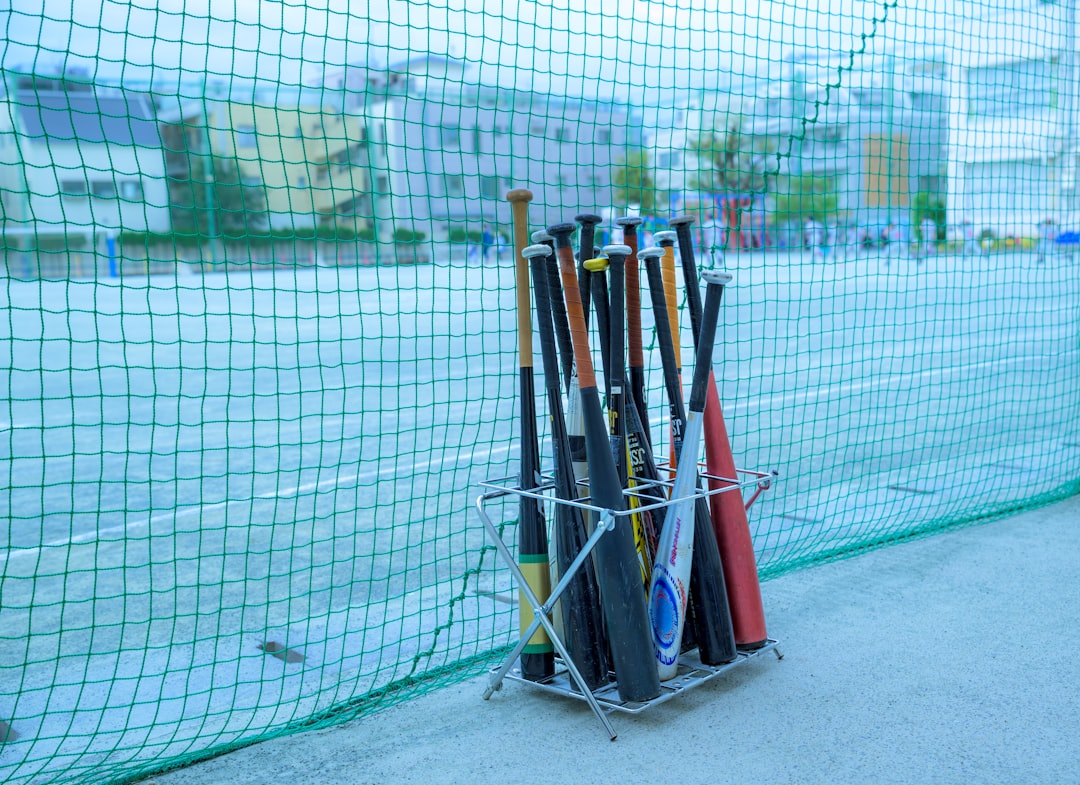Baseball and softball are two of America’s most beloved sports, both rooted deeply in tradition and community. At first glance, they might appear quite similar—each involving a bat, a ball, and players circling bases—but numerous differences make these sports distinct in both rules and play. Whether someone is new to these games or simply curious about what sets them apart, this guide unpacks their key distinctions.
TL;DR
Baseball and softball differ in terms of ball size, field dimensions, pitching style, and game speed. Softball typically uses an underhand pitch with a larger ball and shorter distances between bases, which results in a quicker-paced game. Baseball, on the other hand, features overhand pitching, a smaller ball, and larger fields. While they share fundamental rules, these differences affect strategy, speed, and style of play considerably.
Key Differences Between Baseball and Softball
1. Ball Size and Composition
Perhaps the most immediately visible difference between softball and baseball is the size and color of the ball.
- Baseball: The ball is typically about 9 inches in circumference and white with red stitching.
- Softball: The ball is larger—around 12 inches in circumference—and often yellow with red stitching to improve visibility.
In addition to size, softball balls are also softer than baseballs, made with slightly different materials to accommodate the unique style of play and field design.
2. Pitching Style and Distance
Another defining difference is the technique used for pitching.
- Baseball pitchers: Use an overhand or sidearm delivery and pitch from an elevated mound.
- Softball pitchers: Must throw underhand, usually with a “windmill” motion, from a flat pitching circle.
The positioning also differs. In baseball, pitchers stand about 60 feet 6 inches from home plate, while in softball the distance is much shorter—usually 43 feet in fast-pitch softball and even less in slow-pitch variants.

3. Base and Field Dimensions
The playing areas in baseball and softball differ significantly:
- Baseball: The distance between bases is 90 feet, and the outfield is considerably larger, requiring long throws and deep fielding ability.
- Softball: Bases are usually 60 feet apart, making for a smaller and more compressed playing field.
These differences affect gameplay in many ways—softball games often feature quicker reactions and shorter base running times, while baseball relies more heavily on strategic base stealing and power hitting.
4. Bats Used in Play
Bats used in each sport also vary, primarily in length, weight, and material.
- Baseball bats: Tend to be longer and heavier, often made from wood in professional leagues or aluminum in amateur ones.
- Softball bats: Are typically lighter and shorter, with a thinner barrel to accommodate the dimensions and style of the game.
Rules regarding bat materials and specifications are strictly enforced, especially in leagues governed by national or international softball and baseball organizations.

5. Game Duration and Scoring
The official length of the game in terms of innings differs:
- Baseball: Consists of nine innings.
- Softball: Usually consists of seven innings.
Shorter innings and smaller field dimensions in softball often mean games are quicker but just as thrilling. Despite the innings being shorter, intensity is a hallmark of both games as anything can change within a single at-bat.
6. Player Demographics
While both sports are played by all genders, there are some general demographic trends:
- Baseball: Traditionally played more by male athletes, especially in professional leagues like Major League Baseball (MLB).
- Softball: Commonly played by women in high schools, colleges, and leagues, especially fast-pitch versions. However, slow-pitch softball is widely co-ed in recreational settings.
This division has more to do with tradition and league development rather than capability or preference, and the landscape continues to evolve toward inclusivity in both sports.
7. Strategy and Style of Play
Due to the differences in field size, pitching speed, and reaction times, the strategies for each sport differ:
- Softball: Emphasizes speed, bunting, and quick base running due to the shorter field and faster pace.
- Baseball: Often showcases power hitting and deep field plays, with more emphasis on pitching duels and in-depth statistics like batting averages and ERAs.
Softball hitters also tend to “slap hit”—a method of hitting while running toward first base—something rarely seen in baseball.
8. Field Surface and Conditions
Although both games can be played on grass or turf, the field makeup typically varies:
- Softball fields: Compact and often with a dirt infield.
- Baseball fields: Larger with more varied surface zones, including dirt around the bases and extensive grass outfields.
9. Equipment and Protective Gear
- Catchers in both sports: Wear similar protective gear including masks, mitts, and chest protectors.
- Batting helmets: Often include more face protection in softball due to the closer pitching distance.
Players in softball, particularly fast-pitch variants, may also wear face masks in the field to prevent injuries from sharply hit balls.
Conclusion
Though they share roots and basic gameplay structure, baseball and softball are distinct games shaped by equipment, rules, and strategic nuances. Each offers a unique experience for players and fans alike. Whether choosing to play or simply follow the sport, understanding their differences can enrich appreciation and overall enjoyment.
FAQs
- Q: Is softball easier than baseball?
A: Not necessarily. Each sport has its own challenges. The shorter reaction times and fast pace of softball make it equally demanding in different ways from baseball. - Q: Why do softball players pitch underhand?
A: Underhand pitching is a fundamental rule in softball. It reflects the sport’s origin and is tailored to the smaller field and larger ball. - Q: Can men play softball?
A: Absolutely. While fast-pitch softball is more commonly played by women, many recreational slow-pitch leagues are mixed-gender or male-only. - Q: Why is the softball yellow?
A: A bright yellow ball is easier to see against the sky and field, especially due to the shorter reaction time required in softball. - Q: Which sport is more popular?
A: Globally, baseball tends to have more professional exposure, but softball is widely popular at community and recreational levels, especially among youth and co-ed leagues.
